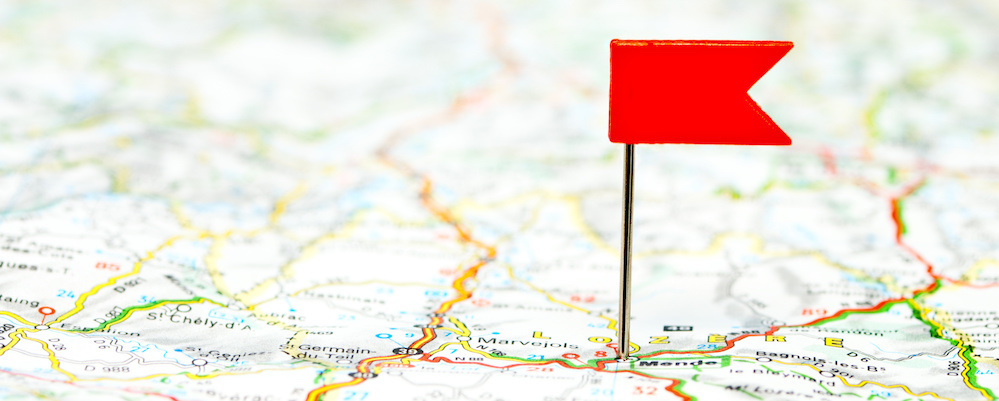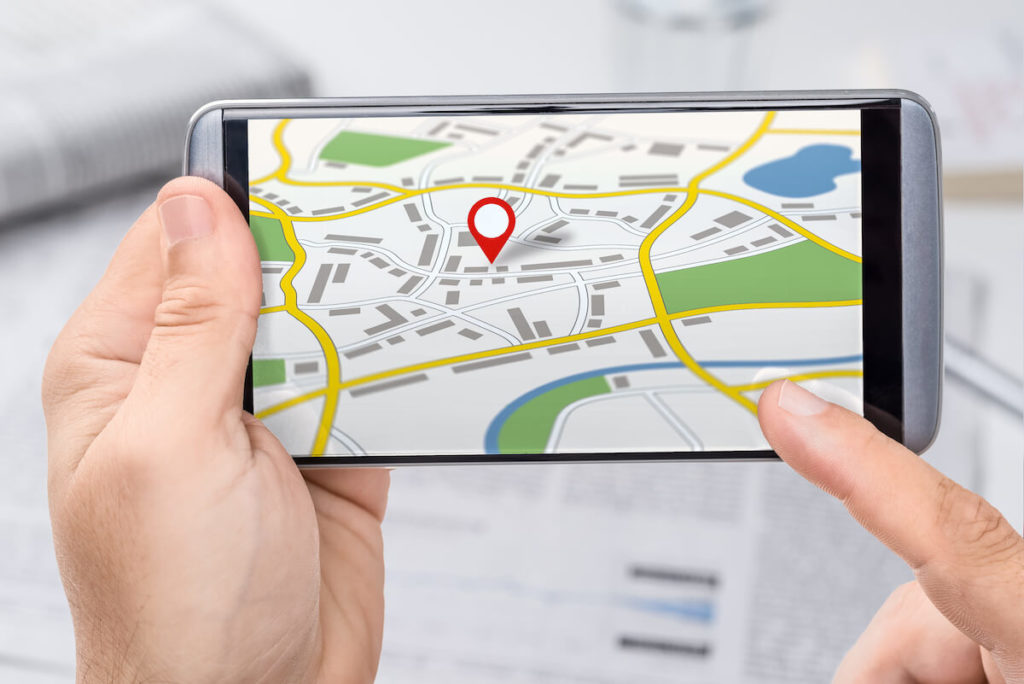
Every marketer knows that the robust targeting options offered by digital marketing have made it easier than ever to reach your target audience. ZIP code targeting has become an especially valuable option for local businesses and SMBs, especially those that serve a relatively small geographic area.
In many instances, location targeting can ultimately be more important for the success of your messaging than any other kind of demographic targeting.
How does ZIP code targeting work?

In traditional media buying, you would purchase air time on a local TV or radio station. This sounds great in theory — after all, it means you’re focused on a specific metro area. But in reality, the average “local” station goes far beyond the immediate metro market. A radio station based out of Salt Lake City, Utah, will broadcast to the entire state.
In this case, your ads could be broadcast to viewers who are literally hundreds of miles away — and who will probably never step foot inside your store. At this point, you’re basically just throwing your money away.
The same problem can occur in digital marketing. If you don’t account for geography in your settings tab when figuring out audience targeting for your campaign, you could end up advertising to someone who is technically part of your target market but lives on the opposite side of the country.
Yeah, Bob in North Carolina probably isn’t going to make the trek to visit your store in Oregon. Sorry.
ZIP code targeting allows you to better target specific areas that are located close to your place of business. Ads are delivered based on a web user’s location data, which is supplied by the device or app they are using to access the internet.
For marketers, this can be helpful. When setting up a digital campaign (whether on Google, Facebook, or another platform), you can specify which ZIP codes you want to target. Even in situations where ZIP code targeting isn’t available, most marketing tools will at least give you the option to target a specific city or state.
Then, when someone does a search or uses a platform where you’ve bought ad placements, the marketing tool will determine whether to show your ad based on their geographic location and any other targeting options you may have selected.
3 Big-time benefits of ZIP code targeting

As cool as digital targeting options may seem, the reality is that few can have a bigger impact on your campaign results than ZIP code targeting. Here’s a quick rundown of just some of the reasons this should be part of any digital marketing campaign:
1. Target ads to specific ZIP codes
ZIP code targeting lets you customize your ad campaigns in a way that helps make your content much more appealing. While you generally wouldn’t want to make huge differences between your ads, small changes are often necessary with geo-targeted campaigns.
For example, if you are buying digital audio ads for a hardware store with two locations, you might want to mention the store’s address at the end of the ad. Obviously, you’re not going to want to have the listeners who are closest to Store B get an ad that tells them to visit Store A. Don’t be the jerk that makes someone drive 10 mile when they could have driven two!
Or, you might be aware of major differences in income levels between ZIP codes. The products and offers you promote in the wealthy ZIP code might be different than what you would focus on in the less affluent area.
ZIP code targeting ensures that the right message gets sent to the right customers, helping you customize your campaigns with locally relevant content. Depending on your campaign goals, you could even prioritize or exclude ZIP codes where a competitor is located.
2. Reach customers more likely to convert
Think about your own buying decisions for a minute. When you need to go grocery shopping, are you going to choose a store that is only a few miles down the road, or travel 20 miles? We are creatures of convenience.
Whether we’re going grocery shopping, picking a restaurant for date night, or even buying a car, we tend to prefer going to a location that is close to us. It’d have to be a crazy good deal for us to make a big, out-of-the-way trip.
And as much as you might think you have one of those crazy good deals, chances are, the average person won’t be impressed when they see how far they have to go to get to you.
As just one example, a survey from AdColony found that 40% of car shoppers use their smartphones to find nearby dealerships. Research from Cox Automotive found that the average new car shopper visits 2.5 dealerships before buying, though 41% will only go to a single dealership.Even for a big purchase like a car, geographic convenience becomes a big part of a customer’s buying decision. By prioritizing ZIP code targeting in your digital campaigns, you ensure that your messages reach the people who are going to generally be the most willing to visit your location. This alone can help you increase your marketing ROI as you get more people through the door.
3. Take control of your marketing budget
ZIP code targeting helps you use your available marketing budget wisely. As previously mentioned, traditional ad buys often result in wasted spend because you end up marketing to customers who live well outside your target area.
Digital marketing campaigns not only let you implement ZIP code targeting to improve conversion rates; you could even set a specific budget for the different areas you wish to target. For example, you could devote 70% of your ad spend to three “priority” ZIP codes, and then create a “separate” campaign that uses the remainder of your budget on other nearby ZIP codes.
As an advertising professional, the ability to provide a detailed breakdown of how you’re using your budget can make all the difference when you take the numbers back to your CEO or client. Geo-targeting can be especially important in paid search campaigns, as this can have a direct influence on your ad’s Quality Score from Google by improving its perceived relevance. Better placements will help you get more from your ad spend — and help you earn the trust of the people setting your budget.
Enhance geo-targeting with digital audio

With ZIP code level targeting, you can focus on the people who live in your immediate area. Even if your business is located in a big metropolitan area, like Phoenix or Chicago, you can ensure that your audio ads go to the people who live closest to your location.
You won’t waste ad spend on customers who live out of your service area, or who are too far away to visit your store. You’ll reach local customers whether they’re listening on their phone, laptop, or other smart device.
Believe it or not, Google and Facebook aren’t your only options for geo-targeting (though, in fact, ZIP code targeting is no longer an option with these platforms for certain industries). Audio advertising has also entered the digital age, allowing you to reach customers similar to how you would with social media or Google Ads.
Digital audio platforms like Spotify and Pandora also enable ad targeting based on a listener’s’ postal code. While that may not seem like a big deal, this opens up key opportunities that don’t exist if you simply focus on traditional terrestrial radio. For one thing, you’re not limited to broadcasting your ads during your target audience’s tense commute home.
Music to your ears, right? Of course, digital audio buying remains complex and pricy, especially for smaller businesses and agencies. But this robust marketing option shouldn’t just belong to mega-corporations and brands with six-figure marketing budgets. At Decibel, we’re here to help your small business take advantage of digital audio, giving you equal opportunity to reach customers in your area on platforms like Spotify, Pandora, and PodcastOne. By combining a highly engaging form of advertising with ZIP code targeting, you’ll be better positioned to reach your local audience and grow your business.